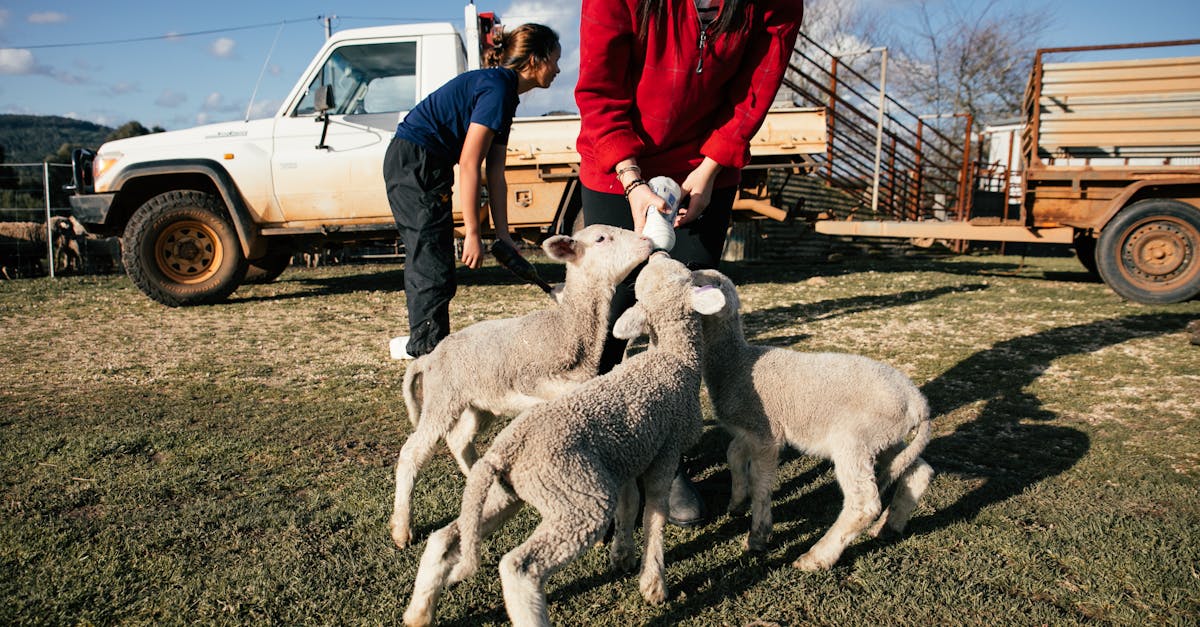The Hidden Costs of Milk: A Deep Dive
Ever wonder why the price of a simple liter of milk varies so much from one store to another? This might sound strange, but the actual cost of milk is a complex web of factors that many of us overlook. Picture this: you walk into a grocery store, head to the dairy section, and find yourself staring at a range of prices for what seems like the same product. From my point of view, it’s clear that understanding the true cost of milk requires a closer look.
I’ve been there, standing in the aisle, questioning why one brand is significantly more expensive than another. Now that I think about it, I realize that several hidden costs contribute to the final price tag of that seemingly simple liter of milk. Let’s unravel this mystery together.
The Journey from Farm to Fridge
Production Costs: The Farmer’s Perspective
From what I’ve seen, the journey of milk starts long before it reaches the shelves. Farmers invest heavily in livestock, feed, labor, and equipment. Studies show that the cost of maintaining a dairy farm can be substantial. Here’s a thought: each cow requires a specific diet, regular veterinary care, and comfortable living conditions to produce high-quality milk. Personally, I’ve found that these factors significantly impact the price we pay as consumers.
Processing and Packaging: More Than Just a Pretty Bottle
Once the milk leaves the farm, it undergoes processing and packaging. This might sound strange, but the cost of pasteurization, homogenization, and packaging materials adds up quickly. Have you ever wondered why organic milk often costs more? It’s no surprise that organic certification and the use of eco-friendly packaging materials can drive up costs.
Transportation and Distribution: Getting Milk to Your Local Store
Transportation is another critical factor. You’d be surprised at how much it costs to transport milk from rural farms to urban centers. Fuel prices, labor costs, and the need for refrigerated trucks all contribute to the final price. In my opinion, these logistical challenges are often overlooked when we consider the cost of milk.
Market Dynamics and Pricing Strategies
Supply and Demand: The Economic Equation
It dawned on me that basic economic principles play a significant role in milk pricing. When supply is high and demand is low, prices tend to drop. Conversely, when demand spikes or supply is disrupted (think natural disasters or pandemics), prices can soar. From my experience, these fluctuations can be frustrating for both consumers and producers.
Retail Markup: The Store’s Cut
Retailers also add their markup to cover operational costs and profit margins. I was just thinking about how different stores have varying overhead costs, which can affect the price you pay. For instance, a small local grocery store might have higher prices compared to a large supermarket chain due to differences in buying power and operational efficiency.
The Impact of Government Policies and Subsidies
Subsidies: A Double-Edged Sword
Government subsidies can help stabilize milk prices, but they can also create market distortions. It’s clear that subsidies aim to support farmers and ensure a stable milk supply. However, they can sometimes lead to overproduction and artificially low prices, impacting the overall market dynamics.
Regulations and Standards: Ensuring Quality and Safety
Regulations and quality standards are essential for consumer safety but come at a cost. Compliance with health and safety regulations, environmental standards, and labor laws adds to the production costs. From my point of view, these regulations are necessary but contribute to the final price of milk.
Consumer Preferences and Trends
Organic and Specialty Milks: Paying for Quality
If I had to guess, the rise in demand for organic, lactose-free, and specialty milks has driven up prices. Consumers are willing to pay a premium for products that align with their health and ethical values. Personally, I’ve found that these niche markets are growing rapidly, influencing overall milk pricing.
Brand Loyalty and Perceived Value
Brand loyalty also plays a role. You might find this helpful: consumers often associate higher prices with better quality. This perception allows premium brands to charge more. In my own life, I’ve noticed that I’m willing to pay extra for brands I trust, even if the product is essentially the same as a cheaper alternative.
The Real Cost: Breaking Down the Numbers
A Comparative Analysis
To give you a clearer picture, let’s break down the cost components of a liter of milk:
| Cost Component | Estimated Cost (USD) |
|---|---|
| Farm Production | $0.50 |
| Processing and Packaging | $0.30 |
| Transportation | $0.10 |
| Retail Markup | $0.30 |
| Total | $1.20 |
This table provides a rough estimate, but it’s safe to say that actual costs can vary based on numerous factors. Now you know, the next time you see a liter of milk priced at $1.50 or more, you’ll understand where those extra cents are going.
What Can You Do?
Making Informed Choices
As someone who values transparency, I’d like to share some tips on making informed choices:
- Compare Prices: Don’t just grab the first bottle you see. Compare prices across different brands and stores.
- Read Labels: Look for information on production methods, certifications, and ingredients.
- Support Local Farmers: Buying directly from local farms or farmers’ markets can sometimes be cheaper and supports the local economy.
Advocate for Fair Pricing
If you’re passionate about this issue, consider advocating for fair pricing practices. Engaging with local policymakers and supporting initiatives that promote transparency in pricing can make a difference.
The Bigger Picture: Reflecting on Our Choices
That reminds me of a time when I was unaware of the complexities behind milk pricing. Now that I think about it, I’ve come to realize that every dollar we spend is a vote for the kind of world we want to live in. It’s no surprise that our choices as consumers can drive change in the industry.
In my opinion, understanding the true cost of milk empowers us to make better decisions. Whether it’s choosing to buy organic, supporting local farmers, or advocating for fair pricing, our actions matter. One thing I’ve learned is that being an informed consumer is not just about saving money; it’s about making choices that align with our values.
So, the next time you pick up a liter of milk, remember the journey it has taken to reach your fridge. You won’t believe how much power you have as a consumer to influence this journey. Now you know, and with this knowledge, you can make choices that benefit not just your wallet but also the broader community.
Here’s to making informed choices and understanding the true cost of what we consume! 🥛✨

















